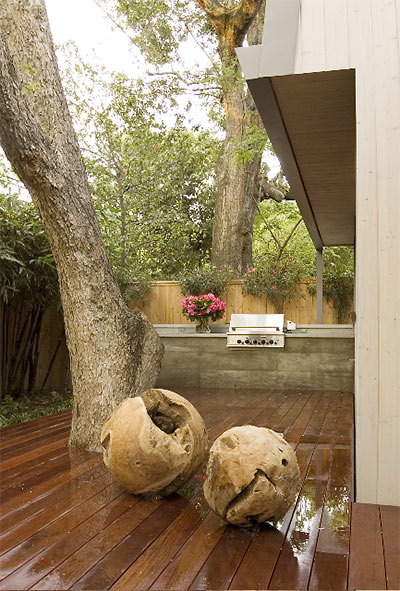Add History to Your Kitchen with Wabi-Sabi
Written by faith | 0Still got the Wabi-Sabi bug… so I want to talk about using Wabi-Sabi and in our high tech kitchens. How can we take the edge off the stainless steel and polished stone counters? In Seattle using reclaimed wood is very popular. Adding a table with reclaimed wood is a wonderful way to add something tactile and with history to your kitchen. At my firm, Faith Sheridan Interior Design, I believe it’s a wabi-sabi, recycled material solution that sets a design apart. Or you could shop antique stores for a harvest table such as the one shown in the photo. I enjoy the transition of the kitchen with the simple addition of something old or vintage. It remains clean and uncluttered. While visiting those flea markets or antique shops, look for vintage baskets. Not only are they practical, but they also bring some ‘patina’ to your home.
As regular readers know, I enjoy mixing different sorts of pieces, as long as they’re good looking and scaled appropriately to the setting. A collected look adds and enhances a design. According to Rita St. Clair, “The challenge professional designers face is to make a space look attractive and function well, regardless of whether we share a client’s aesthetics or lifestyle.”


